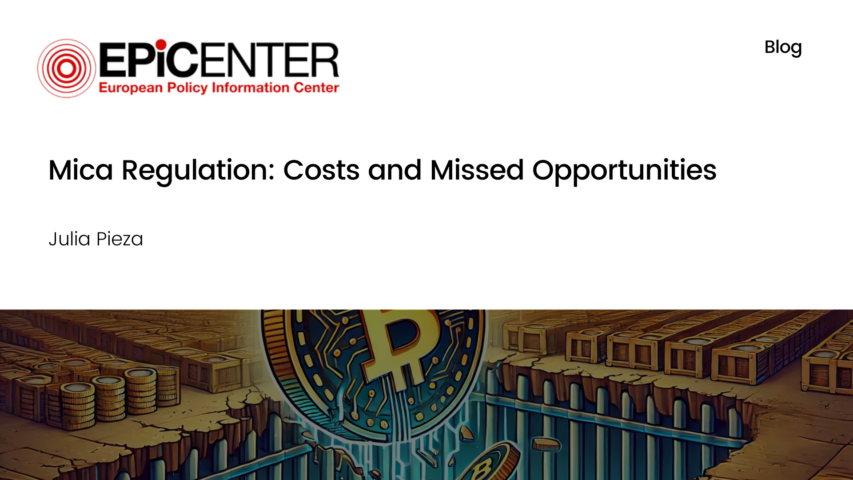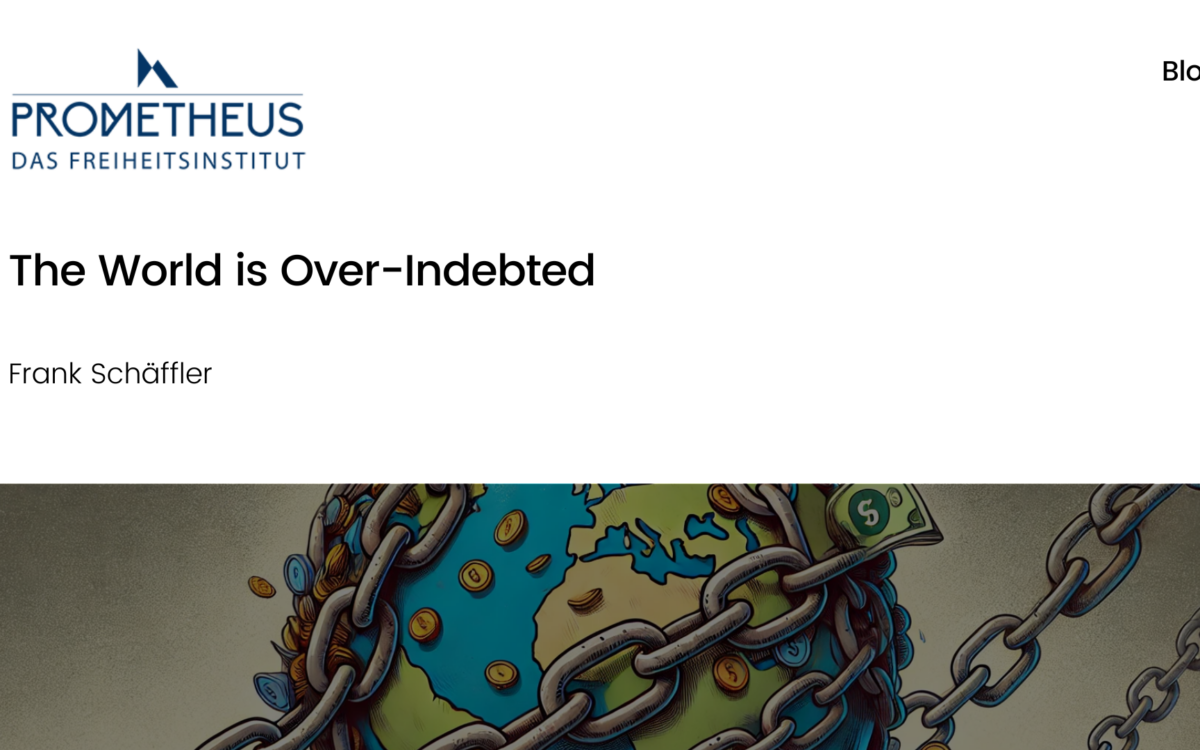Mica Regulation: Costs and Missed Opportunities

Mica Regulation: Costs and Missed Opportunities
Julia Pieza // 27 July 2021
Since the 2018 Bitcoin crash and more recently since Facebook’s announcement of a global ‘stablecoin’ Diem, the EU has taken a greater interest in crypto markets as a part of its digital finance package. In 2020 the Commission published plans for the regulation of Markets in Crypto-assets (MiCA), with the aim of harmonising the regulatory framework across member states and delivering better consumer and investor protection. This regulation is necessary for the sustainable growth of the digital finance sector in the EU. However, the cost implications for crypto asset service providers (CASPs), and the rapid innovation in decentralised finance should be considered more carefully by the EU.
MiCA regulation is needed for several reasons, most significantly crypto-asset service providers (CASPs) are currently facing an uneven playing field in the EU which prevents their ability to scale up across Europe. Even though Germany began to regulate crypto markets in 2011 through the Federal Financial Supervisory Authority (BaFin), most member states have not implemented significant regulation over crypto markets. MiCA regulation seeks to create legal certainty by defining terms such as crypto assets and outlining requirements for CASPs to simplify the process of setting up operations across the EU. Initially crypto markets were attractive due to their unregulated nature and lucrative returns, but over time this has also driven away potential investors dissuaded by illegal activity such as fraud linked to cryptocurrencies. A report from the European Parliament’s Special Committee on Financial Crimes estimates that the misuse of virtual currencies is in excess of €7 billion worldwide. Thus, a clearer regulatory framework provided by MiCA could encourage growth both due to clearer guidelines for CASPs and legal protections for consumers against potentially fraudulent activity or hacking.
Under MiCA, issuers and custodians of crypto assets will need to publish a whitepaper and will require a licence from a national supervisory body, for example the BaFin in Germany, before they can offer their services. Once this is obtained, the service provider would then benefit from ‘passporting’ which allows them to operate throughout the EU. Countries such as Germany are in an advantageous position having some infrastructure to speed up the licencing process, yet generally the passporting process will benefit all CASPs. This would also help crypto asset providers reach 445 million EU customers without a significant administrative burden.
However, an impact assessment estimated that a whitepaper could cost between €35-75,000, and further compliance costs for newly regulated crypto assets could range from €2.8-16.5 million, potentially creating too high of an entry barrier for new CASPs. To mitigate the impact of high entry costs the regulation has already made SMEs exempt from the whitepaper regulation as long as their offering of crypto assets is valued at less than €1 million. Despite this, some of the costs outlined may add up rapidly for larger companies and would also apply to CASPs from outside the EU wanting to enter the single market.
MiCA regulation is also a step behind some of the innovations in decentralised finance as demonstrated by research from the International Association for Trusted Blockchain Applications (INTABA). According to their survey of stakeholders in crypto markets, the scope of MiCA needs to provide exemptions for decentralised finance applications where a liable issuer may not be identifiable. One example of such a decentralised project is Uniswap which is unique for its completely decentralised nature, where exchanges are automated as ‘smart contracts’ making it difficult to ascertain who controls the operation or should bear liability. This creates an issue for how or if such technologies could be developed or operate in the EU under MiCA.
While such innovations are still relatively nascent, the EU should observe how they develop and provide regulatory flexibility to test such decentralised operations as part of its wider digital finance strategy. The use of blockchain technology has significant security potential and will make financial operations more efficient and cost-effective. Therefore, understanding the implications of MiCA on decentralised finance projects needs to be further clarified before the regulation comes into force. This could be achieved via a consultation or by using a delegated act to further explain how MiCA applies to decentralised finance projects.
Overall, according to INTABA’s research 70% of respondents agreed that companies operating under MiCA would have a competitive advantage, since legal uncertainty in crypto markets has previously negatively impacted consumer trust. Though it is estimated that only around 4% of Europeans own cryptocurrencies, that number varies significantly between member states such as Germany where 9.2% adult internet users owned cryptocurrencies in 2019. It is likely that MiCA will generate more confidence among EU citizens to participate in crypto markets and potentially transform the global regulatory approach.
EPICENTER publications and contributions from our member think tanks are designed to promote the discussion of economic issues and the role of markets in solving economic and social problems. As with all EPICENTER publications, the views expressed here are those of the author and not EPICENTER or its member think tanks (which have no corporate view).



